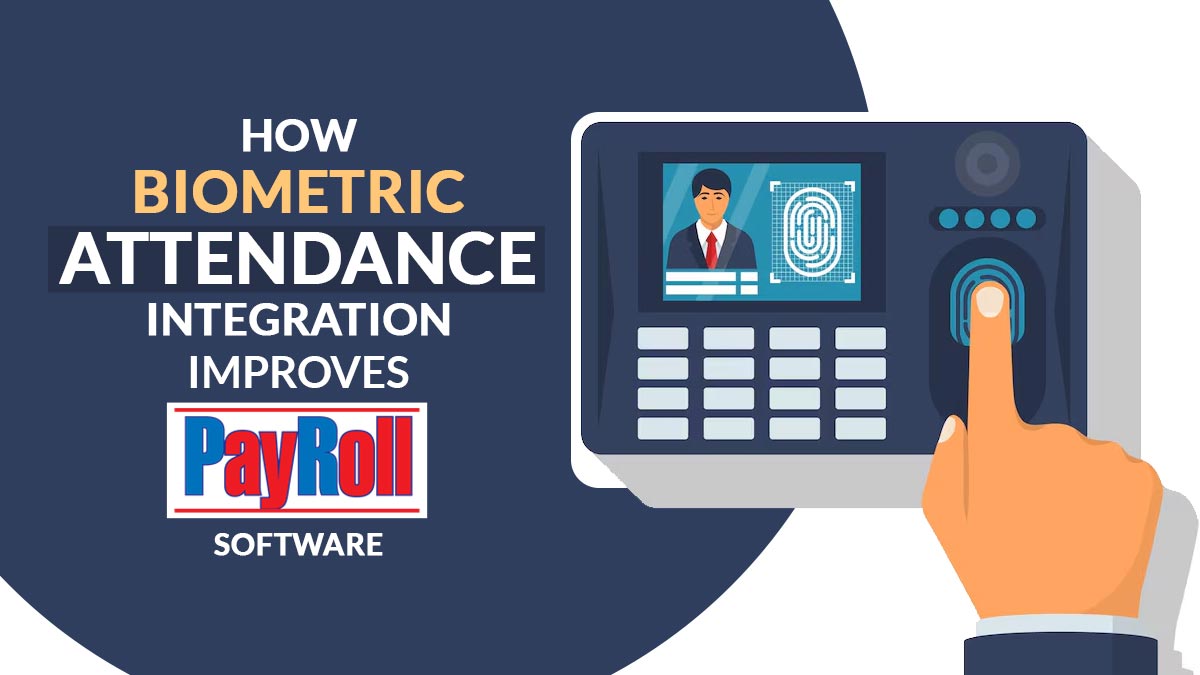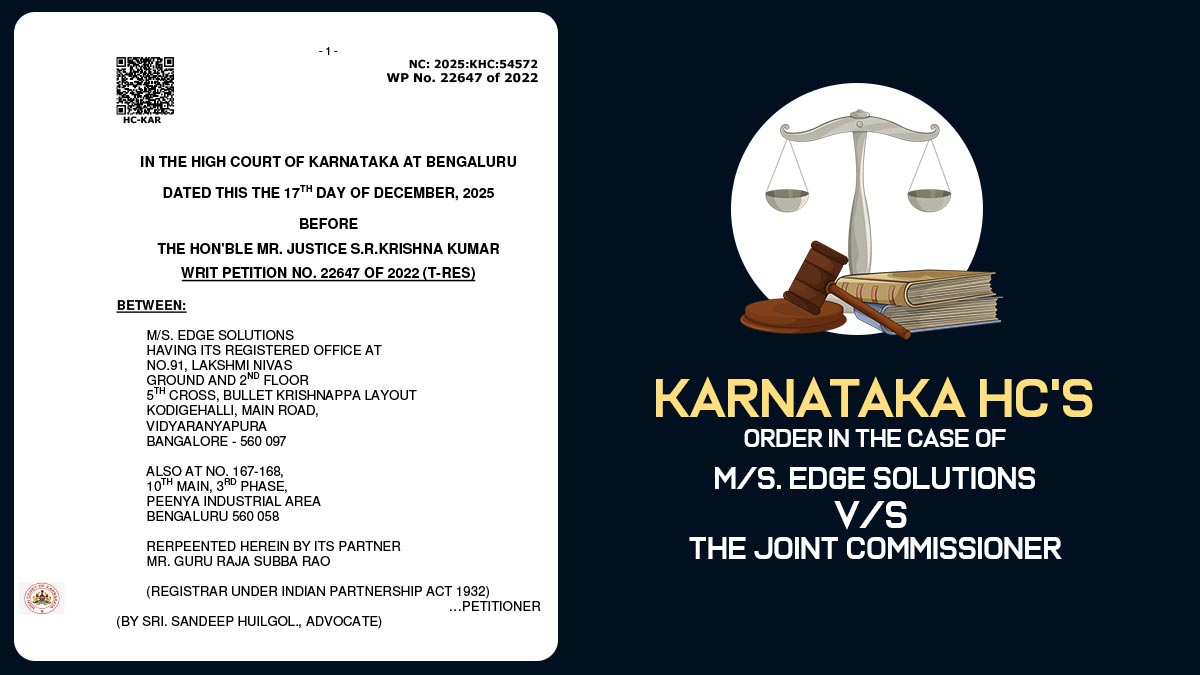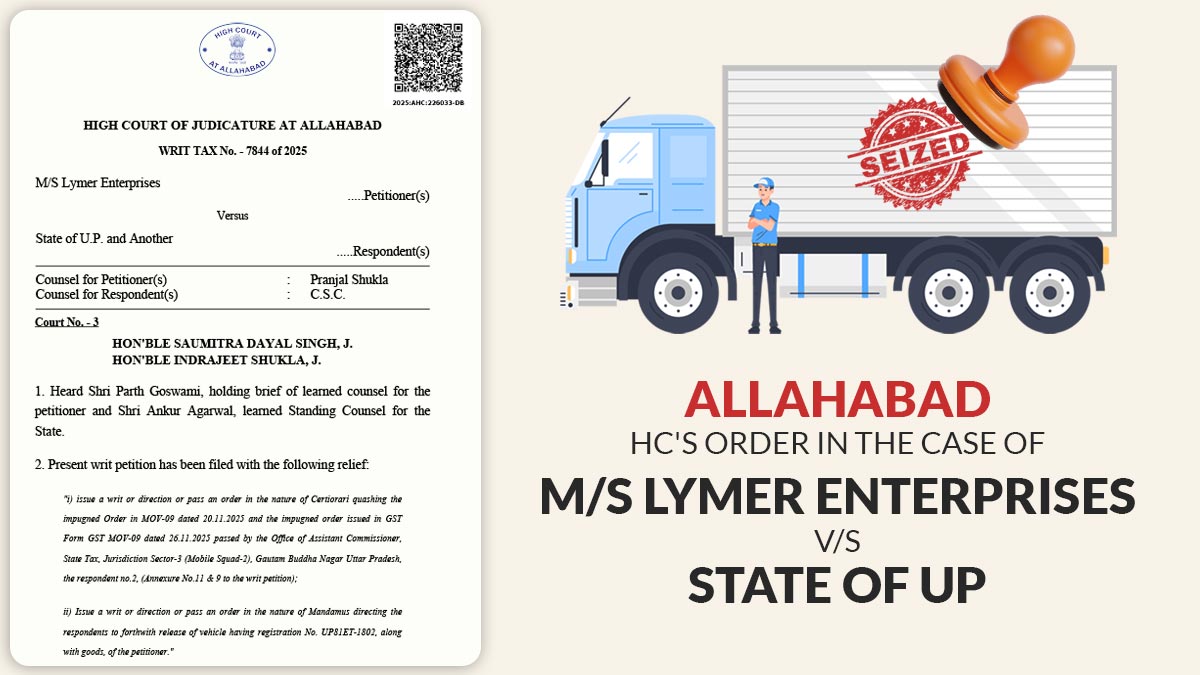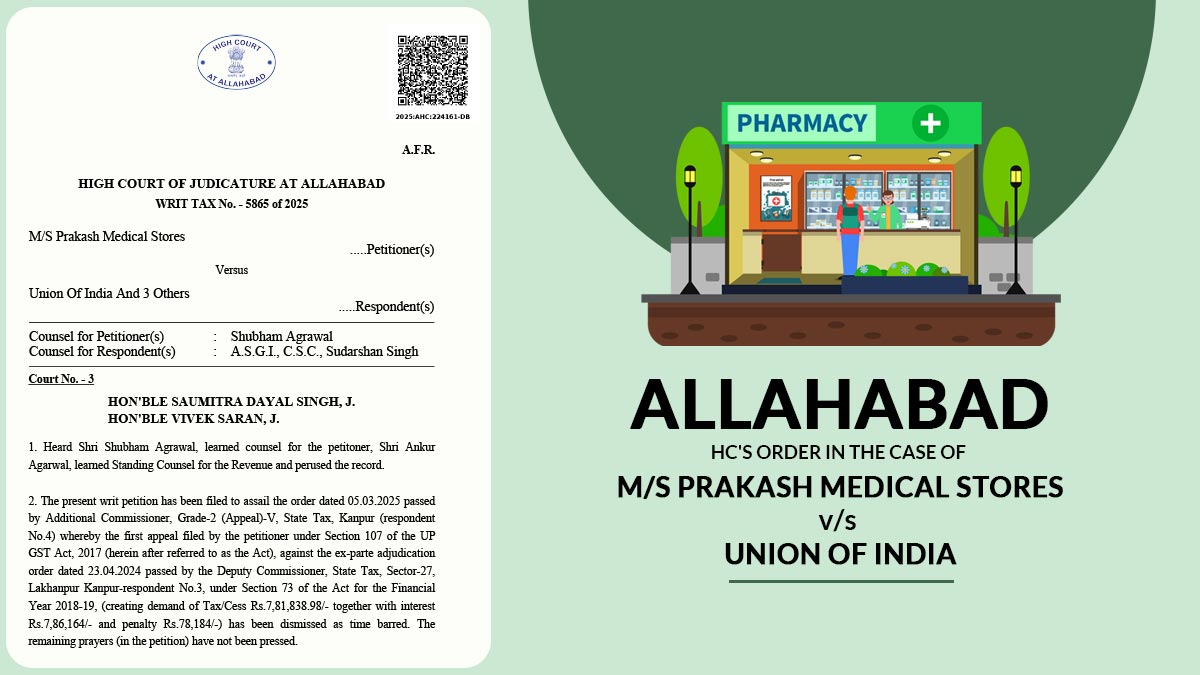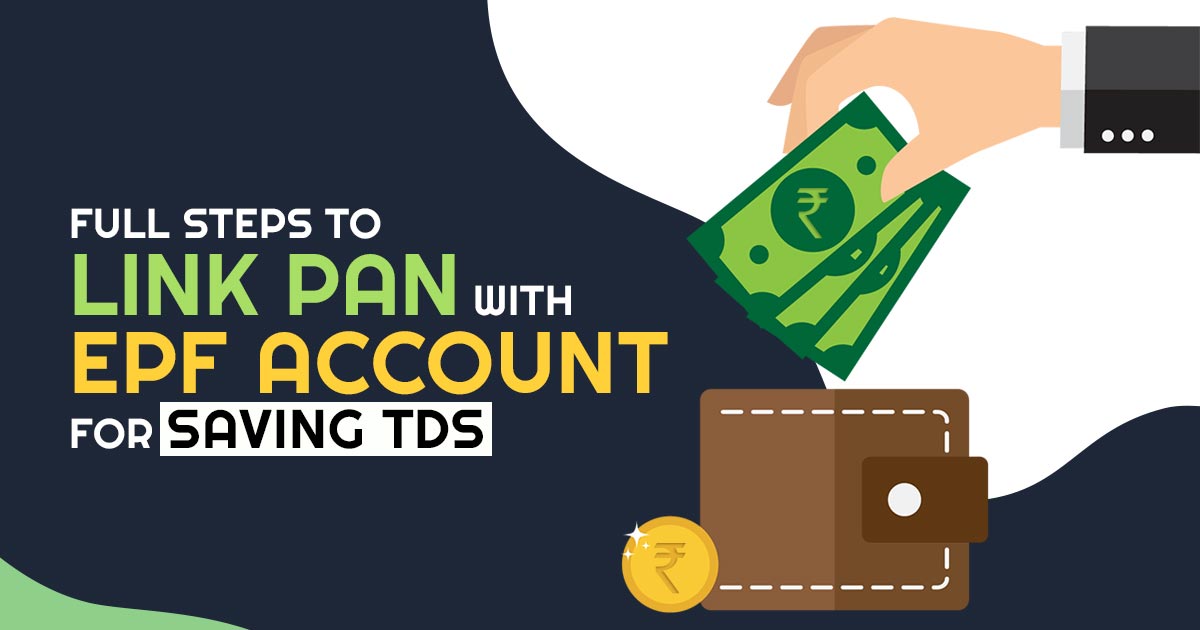
Employees’ Provident Fund is a government-sponsored savings plan for employees of the formal sector who work in companies with more than 20 employees. Besides serving as a retirement plan, it also serves as an emergency fund. Each year, the Employees’ Provident Fund Organization (EPFO), a government agency established by the Employees’ Provident Fund Act of 1956, announces the EPF interest rate.
A new set of regulations on taxation and deductions on retirement accounts for employees was issued by the Employees’ Provident Fund Organization in April 2022. For private employees, the board introduced a new tax structure on PF payments beyond Rs. 2.5 lakh while maintaining the Rs. 5 lakh cap for employees under the government of India.
Read Also: Full Guide to New Tax Rule on TDS Deduction on EPF Interest
By the government circular, TDS would be deducted at a 10% rate for accounts linked to correct PANs or at double the rate of regular TDS, i.e. 20%, if the account is not linked to a correct PAN. The levels of TDS will remain stable even in death cases.
The Procedure to Link PAN With Your EPF Account on the EPFO Portal
- By using your UAN certificate, log onto the EPFO portal.
- Choose the option KYC from the “Manage” menu.
- To link your EPF account with “PAN,” the browser will direct you to a new page.
- Enter your name & PAN number after clicking “PAN,” then click “Save.”
- Your PAN is promptly verified if your name and number match the information with the IT department.
Employees can control high taxes by linking their Permanent Account Number to their EPF accounts following the legal process published by the government of India. It is compulsory for taxpayers who receive taxable income to give the details as per income tax section 206AA.
In cases of non-residents where PF accounts are linked to valid PANs, TDS will be 30 per cent or the tax rate declared in the Double Taxation Avoidance Agreement, whichever is beneficial to the PF account holder. PF members without valid PANs will have to pay a TDS of 30 per cent or the tax rate expressed in the DTAA, whichever is more elevated.




